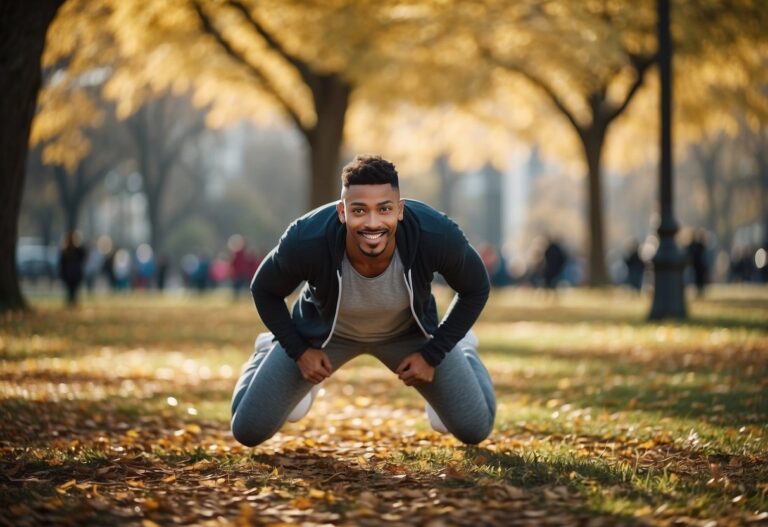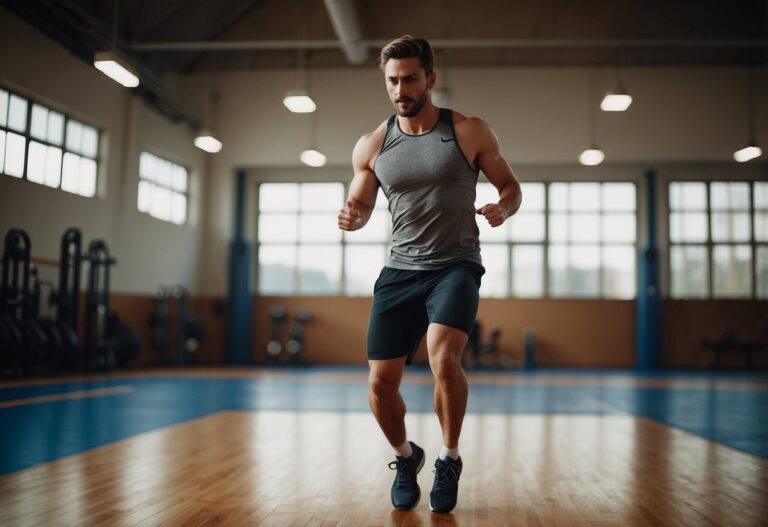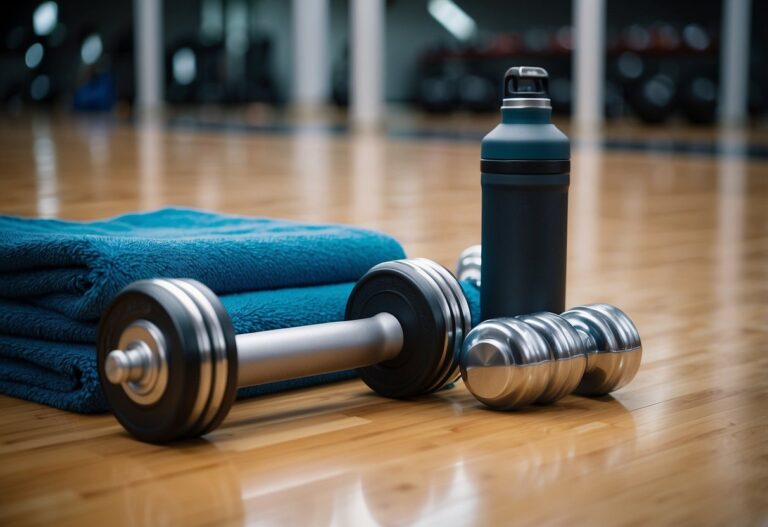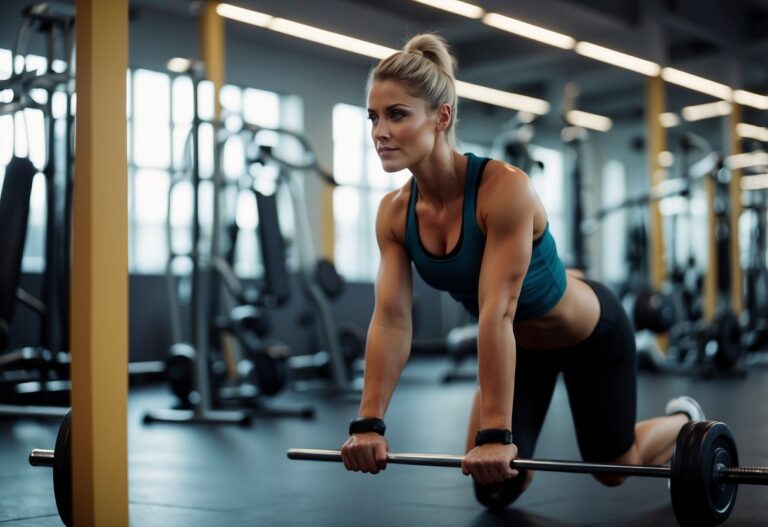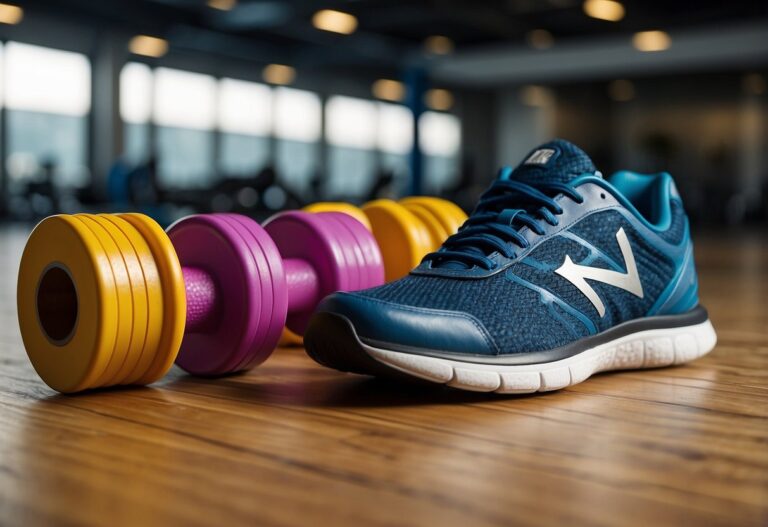Pilates can be a fantastic way to improve your strength, flexibility, and overall well-being. Whether you’re new to Pilates or looking to refine your practice, having a few workout tips can make all the difference in achieving your fitness goals. What are some essential Pilates workout tips to help you get started and stay motivated?

As you explore different Pilates exercises, you’ll find that engaging your core muscles and maintaining proper form are key components of a successful workout. Adding variety to your routine can keep things interesting and ensure you’re working different muscle groups. Remember, consistency is crucial; even a few minutes of practice each day can lead to noticeable improvements and a more enjoyable Pilates experience.
Practise Breathing Exercises
In Pilates, proper breathing is crucial. It helps you focus and enhances your performance. Start by trying diaphragmatic breathing, which promotes relaxation and reduces stress. Breathe deeply into your diaphragm, expanding your belly, then exhale slowly.
Lateral breathing is another technique. Focus on expanding your ribcage sideways. This method increases lung capacity and improves oxygen intake during exercises.
Try placing a light object, like a bag of rice, on your stomach. As you breathe, feel the object rise and fall. This helps you become more aware of your breath control. Check out these breathing techniques to enhance your Pilates practice.
Engage Core Muscles
To get the most out of your Pilates workout, it’s crucial to engage your core muscles.
Keep your lower back flat. This helps you focus on your core and prevents muscle strain. Imagine your belly button pulling towards your spine.
Try exhaling during the toughest part of the exercise. This can make movements feel easier and keeps your core engaged.
When doing routines like shoulder taps, practise lifting one hand while maintaining a strong plank. It takes practice but boosts core stability.
Give these tips a try and notice the difference in your core strength.
Maintain Proper Posture
Maintaining proper posture is key in Pilates to get the most out of your workout. Always be mindful of your alignment. When sitting or standing, keep your shoulders relaxed and your back straight.
Engage your core muscles throughout the exercises. This not only supports your back but also helps you move with greater stability and precision.
Focus on your breathing. Inhale deeply through your nose and exhale through your mouth. This helps keep your movements controlled and fluid. For example, during the thread the needle exercise, controlled breathing aids in stretching and strengthening the muscles around your scapula.
When performing movements like planks or leg lifts, keep your head aligned with your spine to avoid neck strain. This ensures that you’re working the intended muscle groups effectively.
Lastly, don’t rush through the exercises. Take your time to ensure each movement is done correctly. Proper posture will make a big difference in your overall comfort and results.
Use a Pilates Ring
Using a Pilates ring can add variety and intensity to your workouts. It’s a versatile tool that helps engage your muscles more deeply. You can work on your arms, legs, and core with it.
One basic move is the Inner Thigh Squeeze. Lie on your back with knees bent. Place the ring between your knees and gently squeeze it as you breathe in and out.
For your upper body, hold the ring with both hands and press inward to engage your chest muscles. This can be done while standing or sitting.
Adding a Pilates ring to your routine can make your workouts more effective and fun. Consider trying different exercises to keep things interesting.
If you need more ideas, check out these 23 best Pilates ring exercises to get started.
Try Single-Leg Stretches
Incorporating single-leg stretches into your Pilates routine can do wonders for your core strength and flexibility. This exercise is a classic Pilates move that targets your abdominal muscles.
To start, lie on your back with your knees bent at about 90 degrees. Lift one leg to the tabletop position, then do the same with the other leg.
Extend one leg forward, keeping it straight while the other leg stays in the tabletop position. Alternate legs, ensuring you maintain a strong core throughout.
Remember to breathe deeply as you perform this exercise. Inhale as you come back to the starting position and exhale as you extend your leg. This helps keep your movements smooth and controlled.
For more detailed instructions, including tips and variations, check out this Pilates tutorial. Trying this exercise at home can really enhance your Pilates practice.
Incorporate resistance bands
Incorporating resistance bands into your Pilates routine can take your workouts to the next level. They add extra resistance, making your muscles work harder and helping you build strength faster.
You might be surprised at how many exercises can be enhanced with resistance bands. For instance, in leg lifts, the band adds tension, working your thighs and glutes more effectively.
When you use resistance bands, make sure you select the right one for your fitness level. Start with lighter bands and gradually move to heavier ones as you get stronger.
Remember to maintain good form. Keep your core engaged and your movements controlled. This helps prevent injuries and ensures you’re getting the most from each exercise.
Focus on Alignment
When doing Pilates, keeping proper alignment is key. Alignment helps prevent injury and ensures you’re getting the most out of each exercise. Think about your posture. Are your shoulders relaxed and not hunched up by your ears?
Another tip is to keep your spine neutral. This means maintaining its natural curve. Imagine you have a string pulling you up from the top of your head. This can help you stay tall and aligned.
Using a mirror can also be very helpful. It allows you to check your form and make adjustments. If you don’t have a mirror, try recording a video of yourself. Watch it back and see if there are any areas you can improve on.
Remember, alignment is not just about your back. Your hips, knees, and feet should also be in the right position. For instance, in many Pilates moves, your knees should be in line with your hips, and your toes should point forward. Small tweaks like these can make a big difference.
Consider incorporating a Pilates ring in your workout. It helps you focus on proper form. Place the ring between your thighs while doing exercises to ensure your legs stay aligned.
By paying attention to these details, you will improve your Pilates practice and reap more benefits from it.
Use a Reformer Machine
Using a reformer machine can be a game-changer for your Pilates routine. It’s great for enhancing your strength, flexibility, and balance.
When you start, adjust the spring resistance to match your fitness level. This allows you to control how much effort each exercise requires.
Engage your core by maintaining proper posture. Keep your back straight and avoid slouching.
Use the footbar and straps correctly to target different muscle groups. The footbar helps with leg exercises, while the straps are handy for arm and core work.
For beginners, it’s best to take things slow and focus on small, strategic movements. This helps to build muscle strength without overexertion. Putting in the effort to move with precision can make a big difference.
If this is your first time, consider practising the classic One Hundred exercise. Lie on the carriage, stretch your legs out, and pump your arms using your core muscles. This move is excellent for overall strength.
For more detailed guidance, you can read this beginner’s guide on reformer machines.
Practice consistency

Consistency is key in any workout routine, and Pilates is no exception. Practising regularly, ideally 2-3 times a week, can help you see significant improvements in your strength, flexibility, and overall well-being. You don’t need to spend hours each session; even a 30-minute workout can make a big difference.
Taking time out of your busy schedule might seem tough, but setting a regular schedule can help. Whether it’s morning sessions before work or evening practices to unwind, find a time that fits your lifestyle.
Listen to your body and make small adjustments as needed. If you’re feeling sore or tired, a gentler session can still keep you on track without risking injury. By staying consistent, you’ll build a habit that keeps you motivated and progressing.
Mix routines for variety
Mixing your Pilates routine with other workouts can be beneficial. It keeps things interesting and helps your body in different ways. For instance, combining Pilates with weight training boosts muscle growth and improves your strength.
You can add aerobic exercises to your Pilates sessions. This can increase your cardiovascular health. Activities like running or cycling paired with Pilates can give you a full-body workout.
Incorporate Pilates into your favourite sports. If you love swimming, try doing Pilates stretches before and after your swim. This can improve your flexibility and help prevent injuries.
Fundamentals Of Pilates Workouts
Pilates workouts focus on building strength, flexibility, and coordination. Two key elements to understand are the core principles and proper breathing techniques.
Understanding The Core Principles
In Pilates, several core principles form the foundation of every exercise. Concentration is essential to maximise the benefits of each movement. You need to pay attention to your body’s alignment and engage your muscles properly.
Control involves performing each exercise with precision, avoiding jerky or sloppy movements. Small and controlled movements can be more effective than large, uncontrolled ones. Centering refers to focusing on the “powerhouse” area, which includes your abs, lower back, hips, and glutes. Keeping this area strong and engaged supports your overall stability.
Flow ensures that your movements are smooth and graceful, rather than rushed. This principle helps maintain balance and coordination. Precision is about perfecting each movement to avoid injury and get the most out of your workout.
Finally, breathing is crucial. Proper breathing techniques help maintain rhythm and oxygenate your muscles.
Importance Of Breathing Techniques
Breathing in Pilates is both about timing and technique. It enhances the efficiency of your workouts and supports muscle engagement. The most common technique is lateral breathing, where you expand your ribcage sideways as you inhale.
Inhaling deeply through the nose and exhaling through the mouth helps maintain a steady rhythm. This method oxygenates your muscles, aiding in better performance and quicker recovery.
Focus on your breathing pattern—inhale through the nose before performing a move, then exhale through the mouth while executing it. This ensures you’re not holding your breath, which can lead to tension.
Proper breathing also helps engage the pelvic floor and lower abdominal muscles, which are key areas in many Pilates exercises.
Optimising Your Pilates Routine
To get the most from your Pilates sessions, focus on incorporating varied exercises and balancing intensity with rest. This approach can enhance your workout effectiveness and prevent burnout.
Incorporating Varied Exercises
In Pilates, varying your exercises is crucial. Mixing different moves engages multiple muscle groups and prevents overuse injuries. Begin with a warm-up to prepare your body. Try moves like The Hundred and leg circles to target core muscles.
Add dynamic exercises like push-ups and side bends to work upper and lower body muscles. Use equipment like Pilates rings or resistance bands for variety. For instance, place a Pilates ring between your inner thighs and perform leg lifts in a tabletop position, as detailed in this Pilates tip. This variation keeps your routine fresh and challenging.
Balancing Intensity And Rest
Balancing workout intensity with proper rest is essential. Incorporate high-intensity bursts followed by rest periods. For beginners, start with exercises such as side bends and push-ups, performing each for five reps. Repeat these moves in 2-4 rounds, paying attention to your form and technique.
Allowing adequate rest and recovery prevents fatigue and enhances muscle repair. Aim for at least one rest day per week. When planning your Pilates sessions, ensure they last between 30 minutes to an hour, as recommended for optimal results. This duration ensures you can engage all muscle groups without overexertion.
By integrating varied exercises and balancing intensity with rest, your Pilates routine can become more effective and enjoyable.
Advanced Pilates Workout Tips

When advancing in Pilates, two crucial areas to focus on are using equipment effectively and improving flexibility. Paying attention to these aspects can enhance your workout and help you achieve better results.
Utilising Equipment Properly
Advanced Pilates often involves using specialised equipment like the Pilates reformer, magic circles, and resistance bands. To maximise benefits, it is important to use the equipment correctly.
Reformers can help you add resistance to traditional exercises, thus increasing intensity. For example, performing leg circles or planks on a reformer can target more muscle groups compared to mat exercises.
Magic circles are great for adding an extra challenge to your core and inner thigh workouts. By squeezing the circle during movements like bridges or leg lifts, you can increase muscle engagement.
Resistance bands are versatile tools that provide varying resistance levels. Incorporating them into your workouts, such as during leg stretches or arm workouts, can simulate the resistance you’d get from weights, but in a more controlled manner.
Techniques For Increased Flexibility
Flexibility is key in advanced Pilates; it allows you to perform complex movements with better form and reduced risk of injury.
Start with dynamic stretches to warm up your muscles. Movements like rolling like a ball or the Pilates saw stretch can prepare your body for more intense exercises.
Holding static stretches for longer periods is also effective. Exercises such as the single leg stretch or the swan dive can help lengthen muscles. Make sure to breathe deeply and move slowly into these stretches to avoid injury.
Another technique is incorporating PNF stretching (Proprioceptive Neuromuscular Facilitation), which combines stretching and contracting the muscle. For example, lying on your back, keeping one leg extended, and gently pulling the other leg towards you while contracting the hamstring can improve flexibility over time.
Adding these techniques to your routine can help you move more freely and enhance your Pilates practice.


